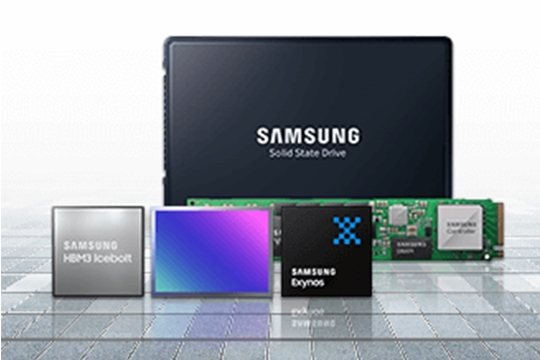The Challenge:
Closing Distances for Caregivers and Patients
St. Luke’s Health System provides high-quality care across big, mostly rural states, and is regularly challenged to connect medical professionals with remote care providers and their patients. Often, specialists based in Boise, Idaho need to drive five hours or more to smaller centers across the state to see patients directly, or mentor and advise remote St. Luke’s colleagues.
The lack of local access to medical specialists is a common problem in small cities, towns and villages across the U.S. and other countries. Seeing a specialist can mean long drives or even plane flights to larger population centers, or scheduling appointments locally when a specialist makes a periodic visit to a smaller center.
Access to good advice and guidance is also a challenge for patient-facing caregivers in scenarios like intensive care units, where doctors and nurses may have little or no experience with injuries or illnesses rarely seen at their rural facilities.
Phone calls and emails offer limited solutions, but healthcare providers have started applying more sophisticated technology to bridge distances and connect both patients and their caregivers with expert advice, insight and direction.
While St. Luke’s Health System has a main facility in Boise, its other locations serve smaller centers that are, in some cases, hours away by car. Specialists like oncologists and cardiologists have full-time demands in Boise, and getting direct patient appointments with them involves either traveling to the capital, or waiting for specialists to schedule one of their occasional visits to a smaller center.
To make care more accessible, St. Luke’s developed a dedicated virtual care center in Boise that connects nurses with rural care providers and their patients, using web-based videoconferencing, custom software, cameras, microphones and display monitors. The 24/7 facility enables nurses to see and speak with patients and simultaneously review tests on screens at their workstations. Specialists also use the virtual care stations to “meet” with patients and colleagues to review cases without leaving Boise. They can schedule time, have their meetings and be back on ward floors in a matter of minutes.
A version of the virtual care facility is dedicated to intensive care. Workstations with multiple displays allow deeply experienced care providers and specialists to monitor and contribute to acute care situations in remote locations. With access to video, audio, patient records and vital stats, remote caregivers can coach locals on how to deal with medical situations — such as illnesses or injuries — they only rarely encounter in the smaller center.
These virtual care stations in Boise were originally set up with groups of three monitors or, for intensive care stations, as many as six, stacked three on three. The setup was a high maintenance tangle of power and signal cables that resulted in a large viewing canvas bisected by the doubled-up frames of each screen.
It worked, but left a lot of room for improvement.












